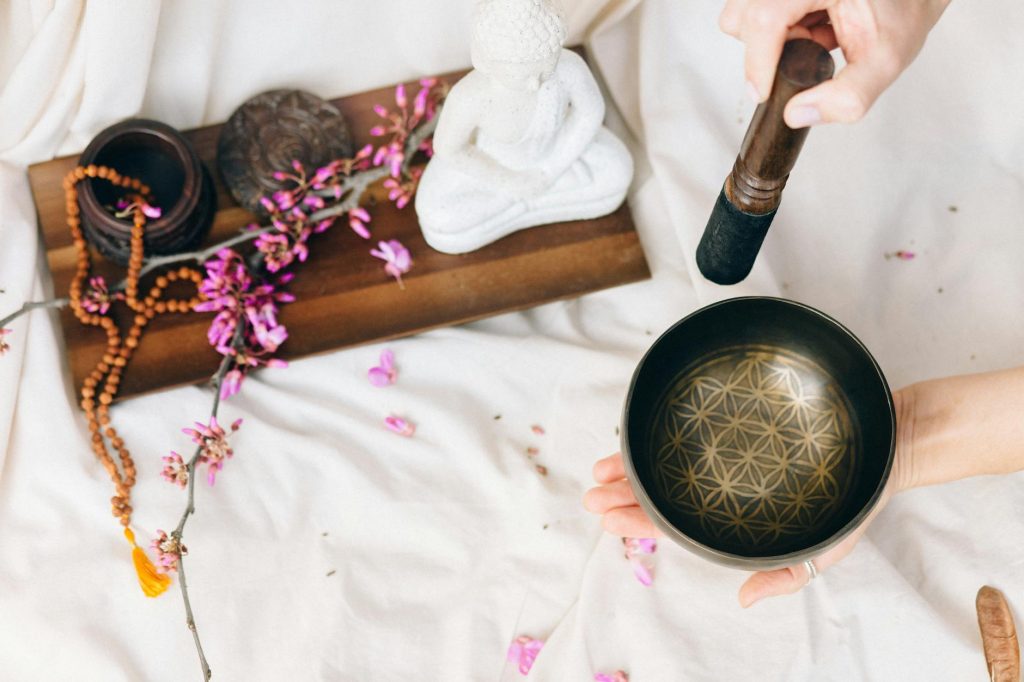Chocolate: Cultural Significance Explained in Diverse Nations
Chocolate is more than just a sweet treat; it holds deep cultural significance in various nations around the world. From its ancient roots in Mesoamerica to its modern-day popularity globally, chocolate plays a vital role in rituals, celebrations, and social customs. Let’s delve into the diverse ways in which chocolate is valued and integrated into the traditions of different cultures.
The Origins of Chocolate: Ancient Mesoamerican Heritage
Chocolate in Mesoamerican Civilizations
The history of chocolate dates back to ancient Mesoamerican civilizations, where it was considered a sacred and luxurious food reserved for priests, nobility, and warriors. The Aztecs and Mayans believed that cacao beans held mystical powers and were used in religious ceremonies, rituals, and as a form of currency. They consumed chocolate in the form of a bitter drink flavored with chili peppers and spices, a stark contrast to the sweet confections we enjoy today.
Chocolate in European Culture: From Royal Courts to Mass Production
The European Adoption of Chocolate
During the Age of Exploration, European colonizers discovered chocolate in the New World and brought it back to Europe. It quickly gained popularity among the elite classes and royal courts, becoming a symbol of wealth and prestige. Chocolate was served in ornate cups and consumed as a luxurious beverage, often mixed with sugar and spices to mask its bitter flavor.
Industrial Revolution and Mass Production
The Industrial Revolution paved the way for the mass production of chocolate, making it more affordable and accessible to the general population. The invention of technologies such as the cocoa press and conching machine revolutionized chocolate-making, leading to the development of a wide range of chocolate products, including bars, truffles, and pralines.
Chocolate in Asian Cultures: Traditional Treats and Modern Innovations
Chocolate in Japanese Culture
In Japan, chocolate has been integrated into traditional customs and modern celebrations. Valentine’s Day holds significant cultural importance, where women give chocolates to men as a gesture of love and appreciation. Additionally, Japan has its own unique chocolate creations, such as matcha-infused chocolates and Kit Kats in various flavors exclusive to the country.
Chocolate in Indian Culture
India has a rich history of incorporating chocolate into its culinary traditions. From spiced chocolate masala chai to innovative fusion desserts like chocolate samosas, Indian cuisine blends the flavors of chocolate with traditional spices and ingredients. Chocolate is also used in festive sweets during Diwali and weddings, symbolizing happiness and prosperity.
Chocolate in African Cultures: Rituals and Healing Properties
Chocolate in African Rituals
In many African cultures, chocolate holds symbolic value in rituals and ceremonies. For instance, in Ghana, cacao beans are used as offerings to ancestors during harvest festivals to ensure a bountiful yield. Chocolate is also believed to have healing properties and is used in traditional medicines and rituals for its perceived health benefits.
Conclusion
Chocolate’s cultural significance transcends borders and has woven itself into the fabric of diverse nations worldwide. Whether enjoyed as a flavorful indulgence, a symbol of love and affection, or a sacred element in rituals, chocolate continues to capture the hearts and taste buds of people across different cultures. By understanding the unique roles that chocolate plays in various societies, we gain a deeper appreciation for this beloved confection and the rich tapestry of traditions it embodies.
